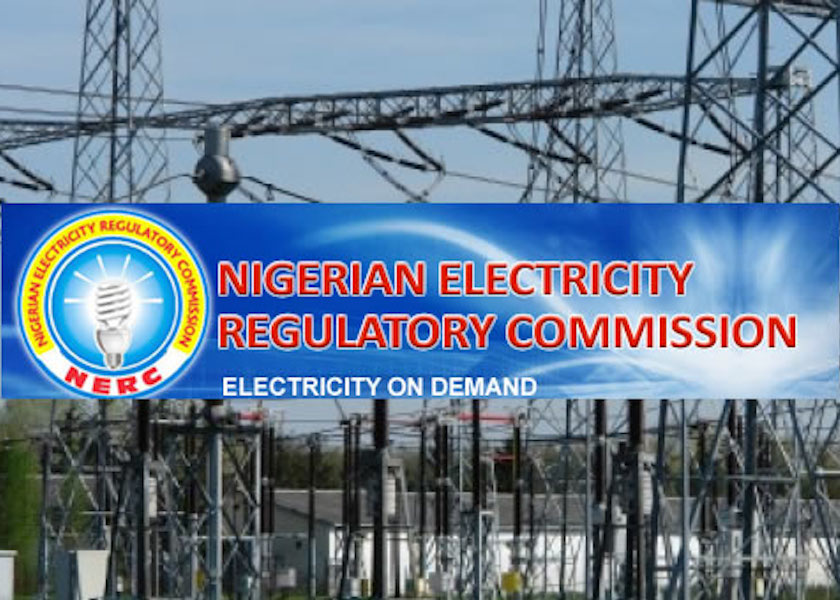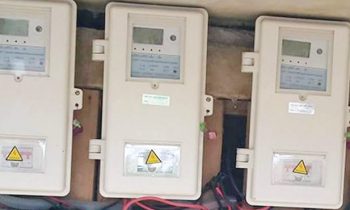
Olusola Bello
The industry witnessed a slight decline in the stability of the grid network during the fourth quarter of 2020 relative to the third quarter of 2020.
Similar to the preceding quarter, there was no incident of partial system collapse (i.e., failure of a section of the grid) during the fourth quarter of 2020. However, the industry recorded one (1) total system collapse (i.e., total blackout nationwide) during the fourth quarter of 2020 as compared to 2020/Q3 with neither incident of total collapse nor partial system collapse
To improve the grid stability and prevent system collapse in subsequent quarters and beyond, the Commission said in collaboration with the TCN they shall intensify efforts to ensure improvement of grid performance.
“The Commission shall intensify the monitoring of strict compliance to the Sytem Operators’ (SO) directives to generators on free governor and frequency control mode in line with the provisions of the subsisting operating codes in NESI.”
On grid frequency, the commission stated that based on the provisions of the Grid Code, the system frequency, under normal circumstances, is expected to be between a lower limit of 49.75Hz and an upper limit of 50.25Hz.
The Grid Code, however, provides for grid frequency to operate between 48.75Hz – 49.75Hz (lower bound stress) and 50.25Hz – 51.25Hz (upper bound stress) when the grid is stressed.
During the period under review, the system high frequency made significant progress towards the nominal statutory standard as it averaged at 50.63Hz. The system low frequency however declined from the lower limit in the fourth quarter, especially in the last two months, as the deviation from the lower statutory limit increased from an average margin of 0.09Hz in the third quarter 2020 to an average margin of 0.27Hz at the end of December 2020.
As regards Voltage fluctuations, it stated that similar to the frequency pattern, the Grid Code allows for voltage fluctuation between a lower boundary of 313.50kV and an upper boundary of 346.50kV.
Although throughout the period under review both the High and Low system voltages were outside the prescribed regulatory boundaries, they were converging to the statutory limits. Notwithstanding the progress, frequency fluctuation and other harmonic distortion will result in poor power quality that could damage sensitive industrial machinery and equipment that are connected at high voltage levels.
“To minimise the frequency and voltage fluctuations, the Commission shall continue to work with TCN and other relevant stakeholders to ensure that system voltage and frequencies operate within the prescribed regulatory limits in order to ensure safe and reliable electricity supply in the NESI,” NERC stated.





